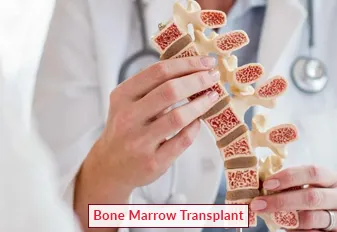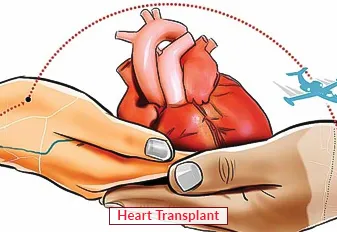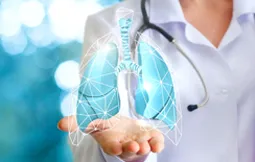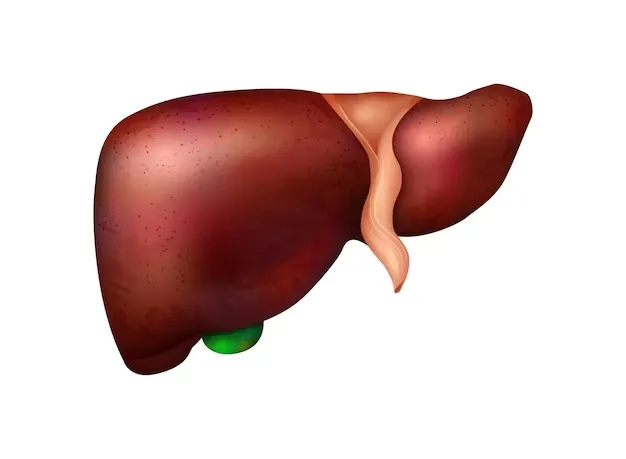Bone Marrow Transplant

With a Bone Marrow Transplant, unhealthy blood-forming cells are swapped out for good ones. Immature cells called blood-forming cells (blood stem cells) develop into platelets, white blood cells, and red blood cells. They are located in the bone marrow, a soft substance that lines the inside of your bones. When they are fully developed, they leave the marrow and move into the blood.
It is a life-saving medical procedure that involves replacing damaged or diseased marrow with healthy stem cells. Commonly used to treat leukemia, lymphoma, and various blood disorders, BMT aims to restore the body's ability to produce healthy blood cells.
Book an AppointmentAbout Bone Marrow Transplant
A bone marrow transplant is a treatment to replace unhealthy bone marrow with healthy marrow, which is found inside the bones where your body manufactures and stores blood cells.
Hematopoietic stem cells, which are relatively immature cells, are the precursors of your blood cells. When they reach adulthood, they leave your bone marrow and enter your blood. A stem cell transplant is another name for a bone marrow transplant.
One of the most common reasons for a bone marrow transplant is to combat blood-related cancers. Conditions such as leukemia, lymphoma, and myeloma originate in the bone marrow or lymphatic system.
Procedure of Bone Marrow Transplant
Before a bone marrow transplant, a series of assessments are conducted to ensure that the patient is a suitable candidate. These assessments typically include:
-
Medical Evaluation: A thorough medical assessment of the patient's overall health, including physical examinations, blood tests, and imaging scans.
-
Donor Selection: Determining the source of the stem cells, which can be from the patient (autologous transplant) or from a donor (allogeneic transplant).
-
Compatibility Testing: In the case of allogeneic transplants, close genetic matching between the donor and the recipient is essential to reduce the risk of graft-versus-host disease (GVHD).
The actual transplant involves infusing the collected stem cells into the patient's bloodstream. The stem cells will then travel to the bone marrow, where they will begin the process of re-establishing normal blood cell production. The transplant itself is a relatively simple and painless process, often likened to a blood transfusion.
Following the transplant, patients are closely monitored for complications and side effects. In the case of allogeneic transplants, medications are administered to prevent GVHD and rejection of the donor cells. Recovery varies from person to person, but it generally takes several weeks to months for the immune system to regain strength
Require Assistance?
Get A Quick Callback From Our Healthcare Experts






